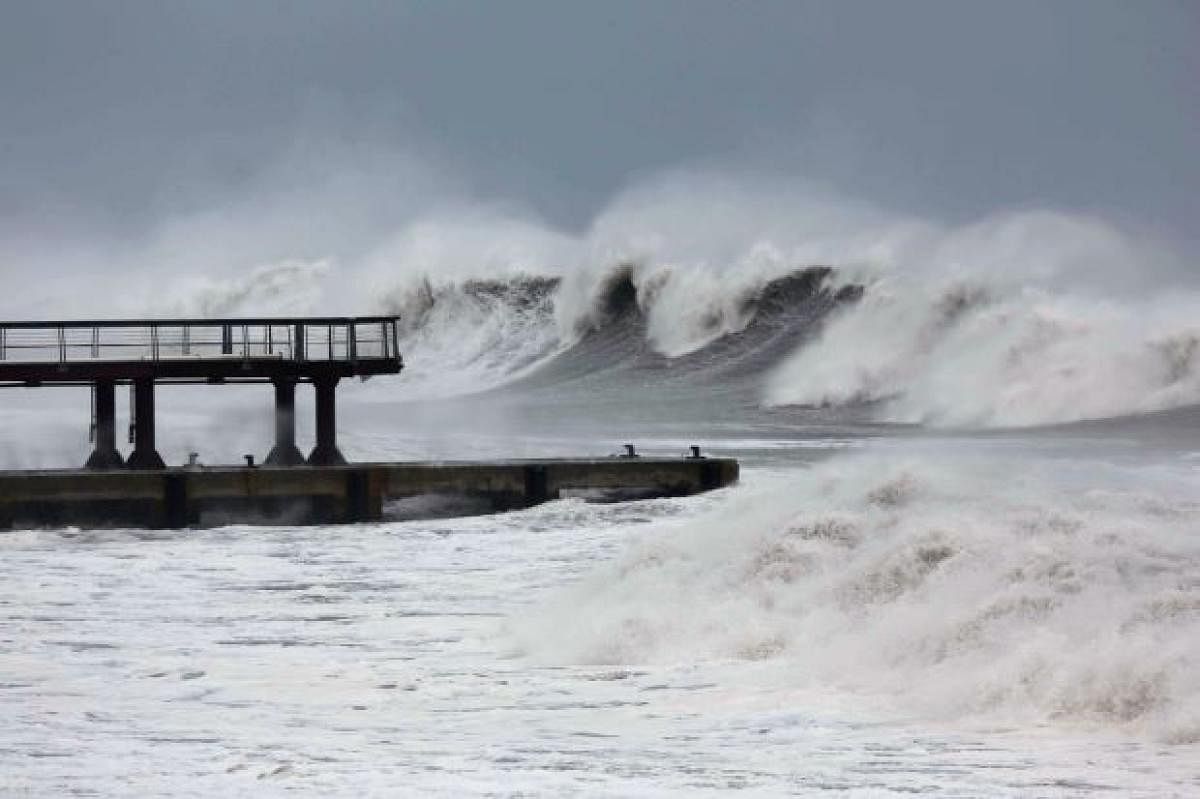A group of researchers at the Indian National Centre for Ocean Information Services (INCOIS) here, in collaboration with scientists from France, have discovered the existence of a synchronous oscillation of sea level across the entire Tropical Indian Ocean with a time period of 30-80 days during December to April.
The work has been published in the latest issue of Nature Communications.
From December to April, the Indian Ocean routinely gains/loses 3 trillion tonne of water from the Pacific Ocean every 30-80 days accompanied by a sea level rise/fall of 4 cm which is 30% of the total sea-level change during the period.
This process is driven by intense winds hovering over a very small area in the eastern Indian Ocean.
This intense wind is associated with a little-known tropical weather phenomenon known as Madden-Julian Oscillation (MJO).
The MJO, an eastward moving disturbance of clouds, rainfall, winds and pressure, circles the planet along the tropical belt in 30-80 days.
During its global ride, it intensifies and transfers a part of its energy to the underlying ocean.
When the MJO winds reach the eastern Indian Ocean, particularly over the North West Australian Basin (NWAB), the MJO's energy is transferred deep down to the ocean bottom leading to an oscillation of the entire water column.
This oscillation is amplified through an interplay of the underlying topography of the NWAB basin and the non-uniform density of seawater across the water column— an interesting process that calls for further research.
This oscillation is subsequently radiated out from the NWAB through fast-moving ocean waves that eventually invade the entire Tropical Indian Ocean within some hours.
These waves carry a lot of energy and momentum.
The kinetic energy contained within the North Indian Ocean due to these waves is 20 peta Joule.
This energy is similar to the exploding 100s of atomic bombs like the one over Hiroshima in 1945.
It will be interesting to explore the various manifestations of this energy and how this energy is eventually dissipated.
The rise and fall of sea level in the Indian Ocean leads to mass exchanges between the Indian Ocean and the Pacific Ocean.
Such large mass exchanges are known to influence the polar motion of the Earth and the length of the day of the Earth, required for accuracy of the Global Positioning System (GPS).
The MJOs, being a low-pressure system, is known to facilitate cyclone formation over the Indian Ocean.
